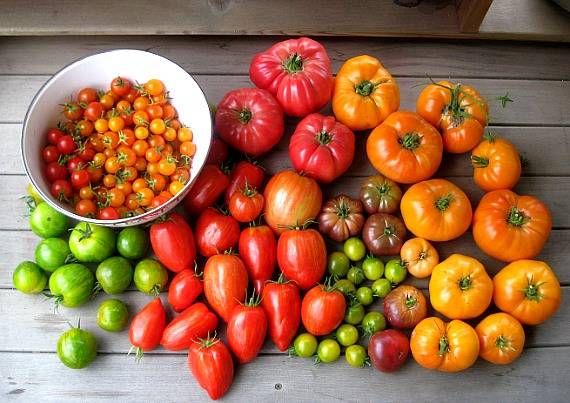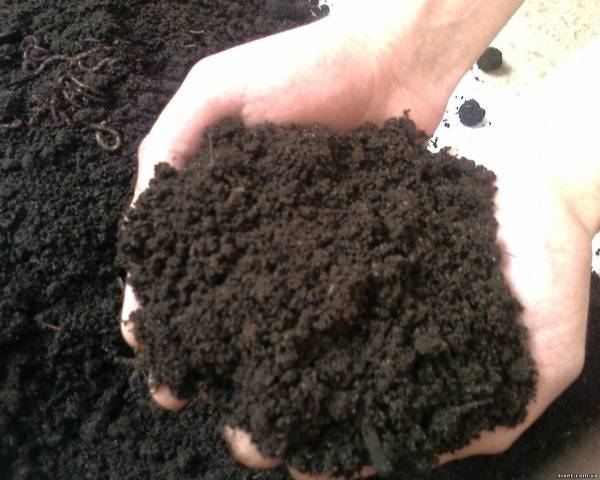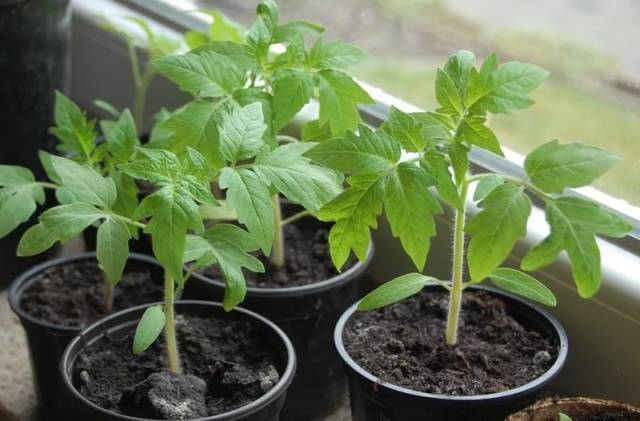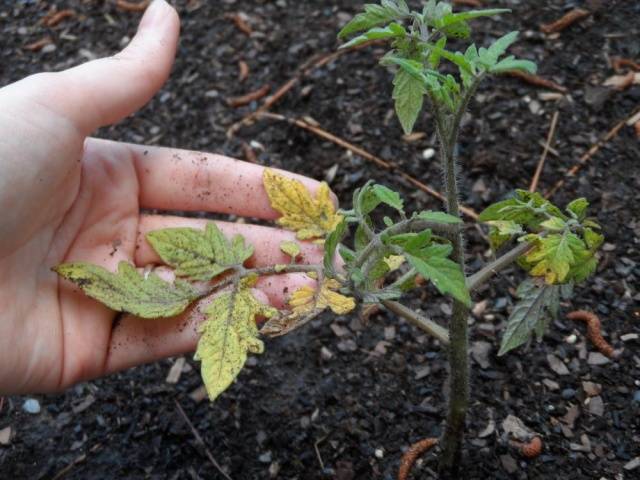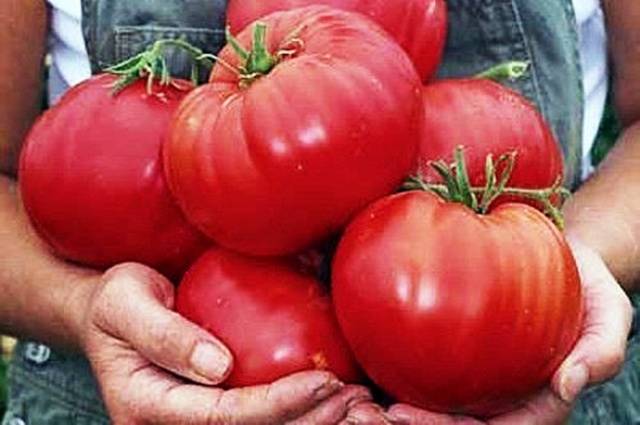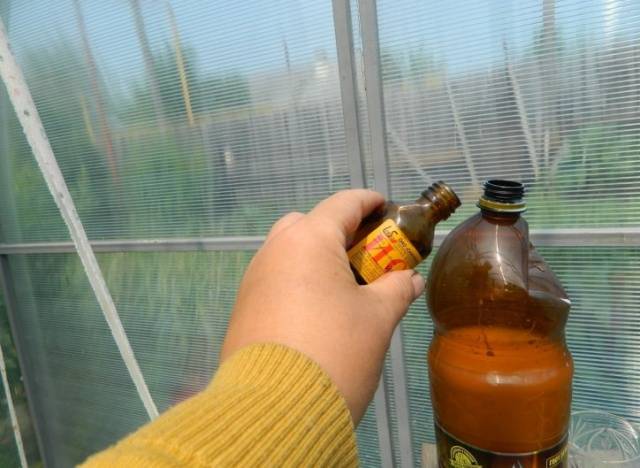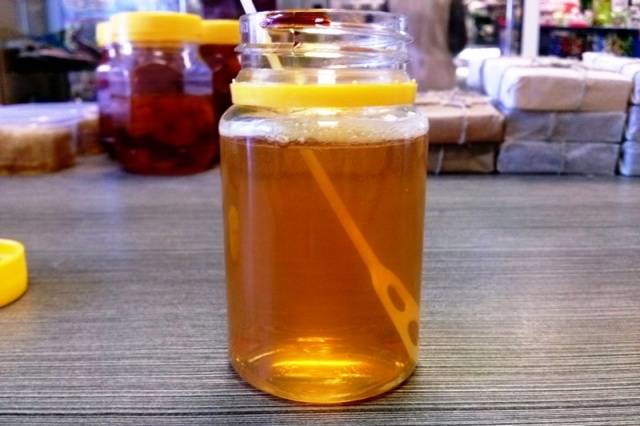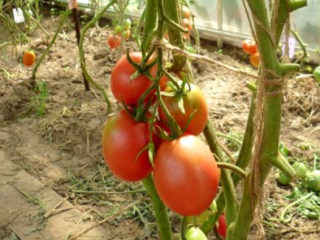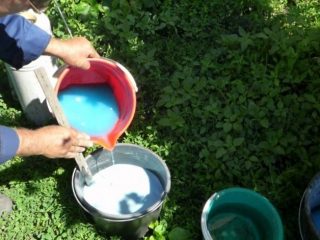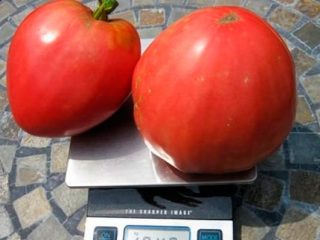Content
The tomato is a frequent and welcome guest on our table at any time of the year. Of course, the most delicious vegetables are those that are grown on your own. Here we control the whole process of tomato development - we ourselves choose how to fertilize the plants, how to deal with pests and diseases, at what stage of ripeness to collect fruits. Of course, we want the tomatoes to hurt less, ripen faster and bear fruit abundantly before frost. On the way from sowing seeds for seedlings to harvesting, many worries await us, many troubles lie in wait. We also have helpers, you just need to know about them and use them correctly. Today we will find out what iodine means for tomato seedlings - a friend or foe, whether it is necessary to use it.
The value of iodine for tomato
Iodine is not considered a vital element for plant organisms, the mechanism of its effect on the flora is poorly understood. But there is no doubt that such an effect exists and is beneficial.
Iodine in the life of the tomato itself does not play a decisive role. It is not at all necessary for them to produce treatments - there is simply no such thing as plant iodine deficiency. We can say that this element acts as a catalyst - it stimulates better absorption of nutrients, activates the plant's own defense mechanisms.
Tomatoes can receive iodine from soil, fertilizers, root and foliar treatments. The need for these treatments will vary depending on the soil and the chemicals you are using. The following soils are considered the richest in the content of this element:
- Tundra peat bogs;
- Red earth;
- Chernozems;
- Chestnut soil.
Soils poor in iodine:
- Podzolic;
- Forest gray;
- Serozem;
- Solonets;
- Burozems.
Knowing what kind of soil in your area you can determine whether to use iodine is mandatory or only when problems arise. It must be borne in mind that it is contained in:
- phosphate rock;
- manure;
- peat;
- peat ash;
- wood ash.
It is present in many other organic and inorganic dressings, but since it is not considered an important element, its content can be very high, or it can be zero, depending on where the raw materials were taken from for the manufacture of fertilizers. It is simply not intentionally added or removed.
The effect of iodine on seedlings
If used correctly, it will become a reliable assistant for us at all stages of growing tomatoes up to the appearance of ovaries - later it is not recommended to use it. As a result of the influence of iodine, the yield of tomatoes increases, their development is accelerated, and resistance to diseases and pests increases.
Absorption of nutrients
Those who write that iodine is a top dressing for tomato seedlings are wrong. It helps to better assimilate nutrients from soil, air, fertilizers. It helps to process nitrogen so well that there is no need for additional doses of it. This does not mean that you can treat the seedlings with an iodine solution and not feed them with nitrogen at all - it does not replace nitrogen feeding, but simply helps to assimilate nutrients to the fullest.
Help fight disease
Iodine has a powerful bactericidal effect.It is used for stimulation, disinfection of seeds, for the treatment and prevention of late blight, various rot, spotting, fungal diseases. It has been noticed that tomatoes treated with iodine solution rarely get sick with viruses. A plant infected with a virus can only be destroyed so that it does not infect its neighbors - there is simply no cure for viruses today. But iodine as a preventive measure is an excellent remedy.
Tomatoes, peppers, potatoes are relatives, pests and diseases they have similar. If you have a small vegetable garden, there is no way to swap crops, then in addition to treating the soil with copper-containing preparations in autumn or early spring, the soil can be spilled with an iodine solution.
Improving fruit quality
In the process of watering tomato seedlings with a solution of iodine, it was noticed that it promotes early flowering and ripening of fruits. Further experiments only confirmed this guess. Iodine prevents tomato seedlings from stretching, and in adult plants it helps to eliminate lethargy, yellowness of the leaves. It stimulates and strengthens the plant's immune system.
If a for plants iodine in itself does not really matter, then for a person its role is difficult to overestimate. Root and foliar treatment of plants with iodine significantly increases its content in tomatoes, which are one of the suppliers of this element for our body.
The use of iodine in growing seedlings
Here we present several popular recipes for the manufacture and use of iodine-containing solutions.
- In small quantities, this substance is a helper and medicine, in large quantities it is a poison and a toxic substance. Use it in reasonable doses.
Do not be afraid to treat the plant and soil with a solution of iodine - it is in such a small concentration in water that it cannot burn the leaves or the root.
Soaking seeds before planting
One drop of iodine is dissolved in a liter of water and the tomato seeds are soaked for 6 hours before planting. It disinfects planting material and stimulates sprouting.
Processing tomato seedlings
This treatment is carried out no earlier than a week after the first feeding with mineral fertilizers. The solution is prepared in one of the following ways:
- Dissolve 1 drop of iodine in 3 liters of water;
- Dissolve 2 drops in 2 liters of water and 0.5 liters of milk.
Early in the morning, pour tomato seedlings with a solution from a watering can with a strainer so that moisture gets on the leaves. You just need to slightly moisten the soil and leaves.
Watering the soil before planting seedlings
Dissolve three drops of iodine in ten liters of water, spill the soil abundantly the day before planting the seedlings. Such a solution will disinfect the soil, improve the survival rate of plants.
Conclusion
We may also need iodine after planting tomatoes in the ground to fight diseases, to eliminate negative stress factors. Watch a short video:
